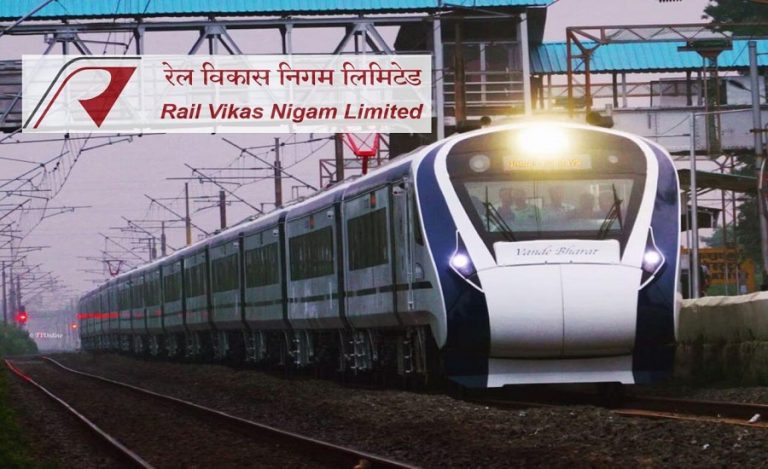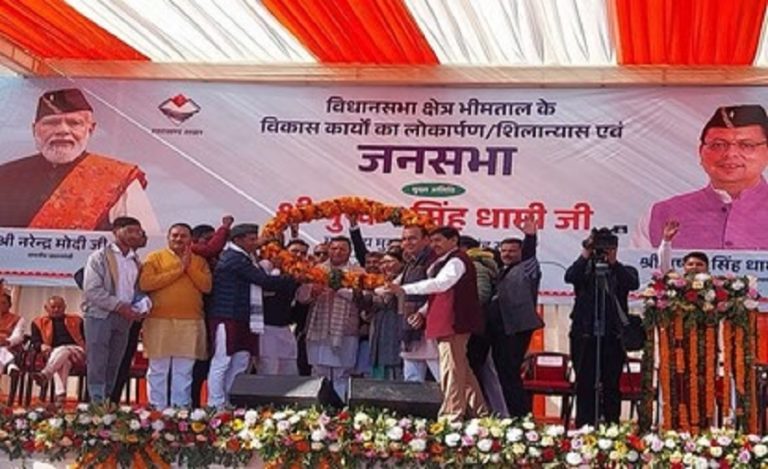Ladakh: In a significant policy decision, the Union Territory of Ladakh has approved 16 major projects covering defence- and infrastructure-related works — including proposals from the Border Roads Organisation (BRO), the Indian Army and the Power Development Department (Ladakh) (PDD). What stands out is the explicit emphasis on strict ecological safeguards and the requirement for full compliance with wildlife and environment norms.
This decision was taken under the aegis of the 14th meeting of the State Board for Wildlife, Ladakh chaired by the Lieutenant-Governor of Ladakh, Kavinder Gupta.
Scope & Context of Ladakh Defence Infrastructure Projects
The 16 projects include works by the Indian Army, PDD and BRO, all located within or around the high-altitude ecologically sensitive zones of Ladakh, including the Karakoram Wildlife Sanctuary and Changthang Wildlife Sanctuary.
The agenda of the Wildlife Board meeting, chaired by Kavinder Gupta, officially reviewed and sanctioned these projects — giving them the go-ahead subject to environmental conditions.
The approval marks a convergence of two priorities: border infrastructure and defence preparedness on one side, and environmental protection and biodiversity conservation on the other. As the LG’s office noted: defence readiness is vital, but must proceed “in strict accordance with environmental safeguards.”
Major Importance of Ladakh Defence Infrastructure Projects
Strategic Frontier: Ladakh is one of India’s most geopolitically sensitive regions — sharing borders with China and Pakistan. Infrastructure such as roads, bridges, tunnels and power corridors become doubly significant here: for civilian connectivity, tourism and for defence logistics.
Ecological Fragility: At the same time, Ladakh’s high-altitude ecosystems are fragile. Its wildlife sanctuaries, alpine deserts, glacial systems and rare flora & fauna demand close environmental oversight. The region faces risks of degradation from construction, increased human footprint, snow-melt shifts and other climate-linked vulnerabilities. The government’s statement emphasised “zero tolerance for ecological damage”.
Environmental Safeguards: What Has Been Mandated: Each project is mandated to comply with the guidelines of the Department of Forest, Ecology & Environment – Ladakh, and the mitigation measures outlined in the accompanying Biological Impact Assessment (BIA) Reports.
The LG’s office said that works within sanctuary limits must implement strict eco‐compliance, so that wildlife corridors, habitats, and glacial/riverine ecosystems are not compromised.
In particular, the decision emphasised that “defence preparedness and infrastructure development … must advance in strict accordance with environmental safeguards.”
Defence Readiness: These projects bolster India’s capacity in frontier areas, enabling better troop mobility, logistics and allied infrastructure. Locating them within sanctuary boundaries underscores the strategic urgency.
Civil Infrastructure: The PDD (Power Development Department) projects likely include power transmission and distribution upgrades — vital in Ladakh’s remote terrain where energy access is challenging. The BRO’s works typically relate to roads, tunnels and bridges.
Local Development: While defence and infrastructure are primary, improved connectivity can translate into better civilian services, tourism access and economic uplift for remote villages — if done sensitively.
The Flip Side of Ladakh Defence Infrastructure Projects
Even as the decision underscores safeguards, several concerns remain:
- Some local groups in Ladakh have raised concerns over involvement and consent, pointing out that large projects sometimes proceed without full local consultation.
- Environmentalists view high-altitude construction with grave caution; road widening, tunnelling, power lines and construction debris can disrupt fragile ecosystems, cause erosion, disturb wildlife and alter hydrology.
- Ecological safeguards are only as good as their implementation. Monitoring, enforcement and transparency will matter greatly long-term.
Looking Ahead: Implementation & Monitoring
While the approvals are a critical first step, actual construction, mitigation, monitoring and completion will span years. The conditions of environmental clearance will need to be embedded into contracts and compliance frameworks.
Authorities will need to ensure:
- Regular audits of environmental compliance by third-party experts.
- Transparency in mitigative measures (e.g., wildlife corridor preservation, re-vegetation, debris disposal, glacial protection).
- Local community participation in oversight, grievance mechanisms and feedback loops.
Ecological Tracking: Given the high-altitude ecosystems involved, long-term monitoring of biodiversity, glacial retreat, water-flows and landscape changes will be key. The mitigation measures must be adaptive to climate-linked risks.



























